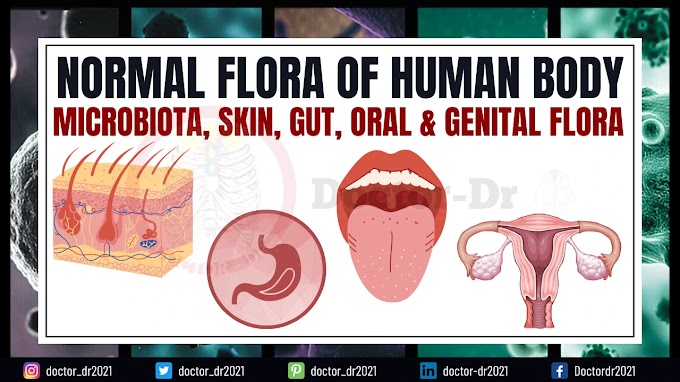A recent study has uncovered a gene responsible for regulating testosterone levels in a fascinating species of shorebird known as ruffs. This gene produces a "super enzyme" that controls the development of three distinct male morphs, each with unique appearances and mating behaviors.
The Enigmatic Ruffs and Their Male Morphs
Ruffs have intrigued scientists for decades due to their three distinct male types:
- Independents: Males with striking dark plumage who aggressively defend mating territories to attract females.
- Satellites: Smaller males with lighter plumage that form alliances with independents to co-display for females, though they still aim to mate independently.
- Faeders: Males that mimic female appearance, sneaking into mating areas undetected to increase their reproductive success.
These morphs exhibit radically different mating strategies, making ruffs a unique subject of study.
The Role of HSD17B2 in Regulating Testosterone
The study, published in Science, revealed that the gene encoding the super enzyme HSD17B2 plays a critical role in controlling testosterone levels in male ruffs. This enzyme rapidly breaks down testosterone, the hormone commonly associated with male dominance and aggression.
- Independents thrive on higher testosterone levels to support their aggressive behaviors and territorial defense.
- Satellites and faeders, on the other hand, benefit from lower testosterone levels, as excessive aggression would hinder their unique strategies.
Interestingly, HSD17B2 selectively regulates testosterone throughout the body while ensuring sufficient levels remain in the testes to produce competitive sperm.
Implications for Humans
While ruffs are unique in their genetic and physiological adaptations, the hormonal mechanisms uncovered in this study are applicable to all vertebrates, including humans.
David Lank, a biologist at Simon Fraser University and co-author of the study, highlights the potential therapeutic applications of this discovery. HSD17B2 is highly efficient at converting testosterone into androstenedione, suggesting its potential in treating hyper-testosterone disorders in humans.
Future Research and Collaborations
This groundbreaking research was led by the Max Planck Institute for Biological Intelligence in collaboration with scientists from Simon Fraser University, FU Berlin, the University of Vienna, and Helmholtz Munich. While further studies are needed, the findings pave the way for potential medical applications and a deeper understanding of hormonal regulation in vertebrates.
This study not only sheds light on the fascinating biology of ruffs but also underscores the potential of nature's solutions to address human health challenges.



~1.webp)




